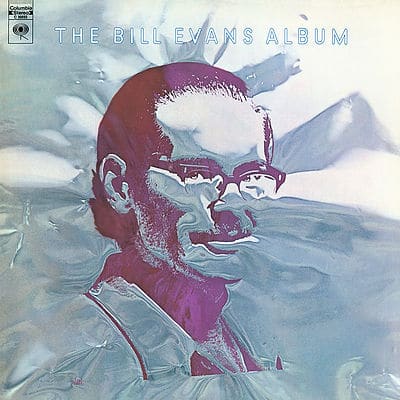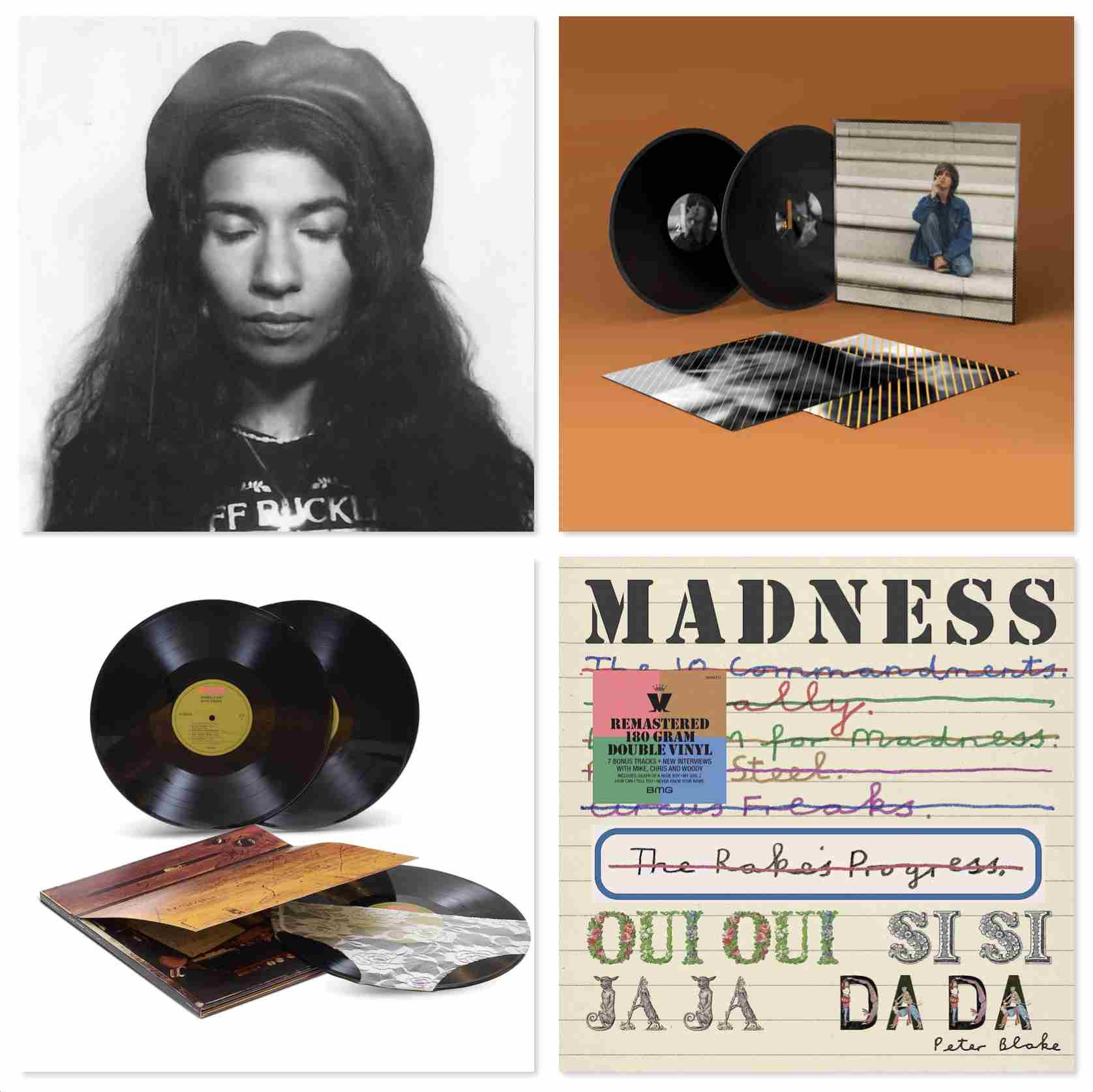The Article
Bill Evans and Bill Evans’ Album: it needed both to tackle the electric piano
25th June 2016

Title: The Bill Evans Album
Label: Speakers Corner
Supremely lyrical, wholly influential, a pianist at ease with his talents in that you never felt that he had to prove himself, Bill Evans has almost become a figure worthy of extensive independent study in the field of jazz. His work with Miles Davis is legendary but Evans was much more, even, than that. He built a magnificent store of innovative and exploratory music. Including this LP.
It’s an intriguing reissue from the respected audiophile label resident in Germany. Partly because I haven’t seen this album in a very long time and partly because of what it represented in terms of Evans himself and the jazz he was playing.
Firstly, this LP was released in 1971 when jazz was going through some ructions as a genre. Secondly, Bill Evans…on electric piano? Well, the mountains all moved one inch to the left when that news was released but, would you believe it, Evans pulls it off with the help of bassist Eddie Gomez and drummer Marty Morell. I say, ‘pulls it off’, his style is all over this album and his work is peerless with original tracks such as Funkallero, The Two Lonely People and Re: Person I Knew but the impact of this album might jar a tad with those who are used to his works on acoustic piano. By that I mean that his acoustic works have a distinctive and unique sound because, I suppose, the acoustic piano is more organic and receptive to the movements of the player. That said, Evans seemed to be genuinely excited by the change and so the extra energy, stimulation and animation from Evans on this LP makes up for it.
I have to say now that not all of the album features the electric piano, just three of the seven tracks but, still, it’s still a headline event. On those terms, it’s an fascinating master because the clarity of the organic percussion and bass seems, at first, to clash with the natural midrange bloom of the electric piano on Funkallero but Evans soon draws you in and you soon forget the jarring aspect of the soundstage. Evans’ lyricism is paramount here so he sweeps you off your feet in no time. Of course, those tracks that insert the acoustic piano again allow your brain to click right back into place where the music seems, oddly, to pick up speed and race ahead. I suppose that because the brain is not longer trying to computer the differences. Nevertheless, a fascinating project, with a top class master that allows all of these frequency changes to have room to inform and intrigue.


